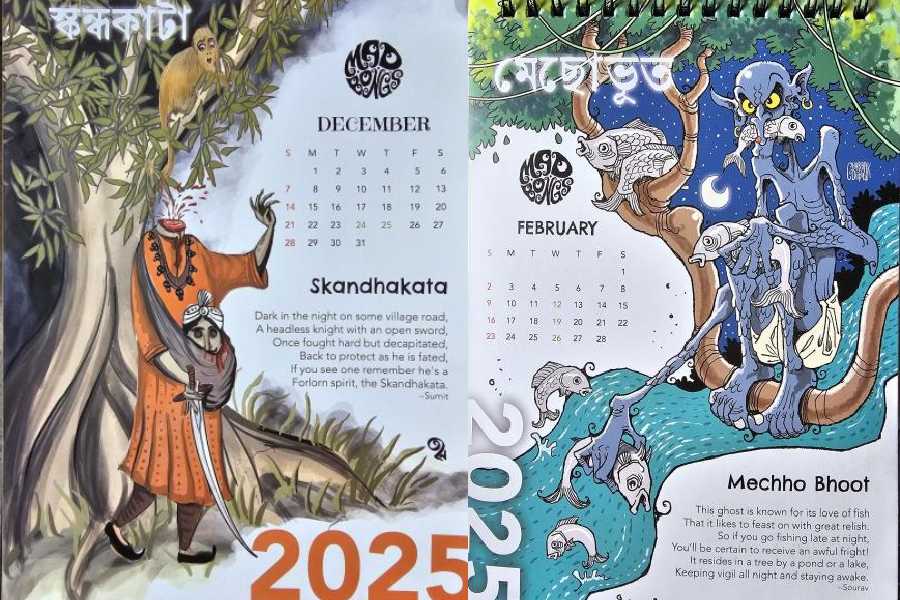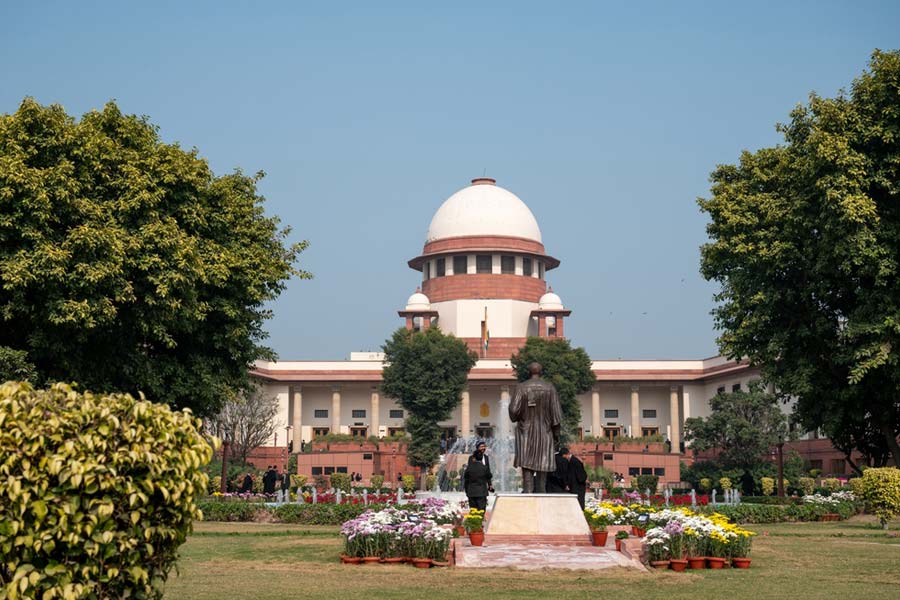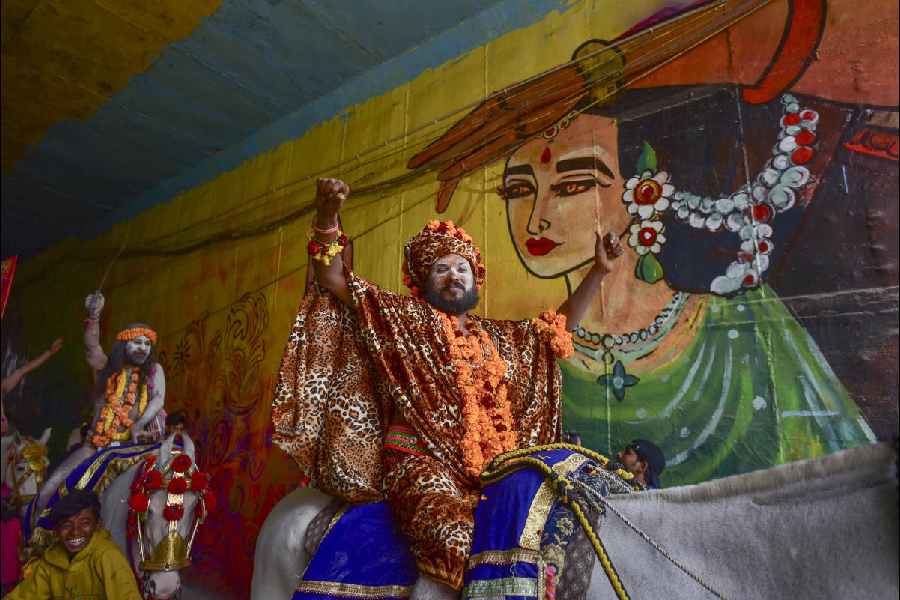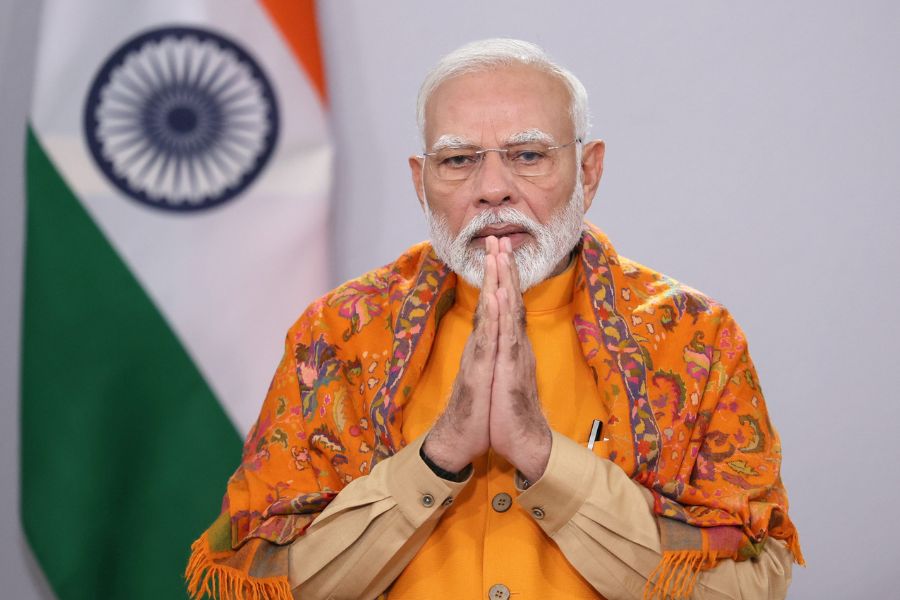It’s one-legged and carries the children it steals to treetops, from where it drops them. Another is diminutive and is the harbinger of wealth if it lingers in a house. Yet another appears as a phosphoric glow over a swamp that draws one to it, causing one to drown.
Such many and various spirits, friendly or fiendish, are the theme of a desk calendar that has been created for the new year.
Mad Bongs, a collective of creative Bengalis, has produced the calendar presenting a ghost for each month of the year. “We had started three years ago as a comics group as we are all creators of comics. The calendar is our annual venture,” said Harsho Mohan Chattoraj, a comic book artist.
In 2022, they had tied up with a group of food connoisseurs called Calcutta Gastronomes to produce a calendar on the city’s foodscape. The group has partnered the calendar’s launch event since.
“For 2024, they produced one on communities. This year, they toyed with heritage and folk art before they hit upon ghosts of Bengal,” said Neela Majumdar of Calcutta Gastronomes, which curated a “ghost-inspired” menu for a dinner at The Food Storey in Lake Road. The 2025 calendar was launched over the dinner on Monday.
“We were initially worried whether people would object to keeping pictures of ghosts at home or if it would scare children. But we went ahead as we were illustrating the ghosts in a friendly style,” said Sourav Datta, a scriptwriter.
While 10 ghosts were automatic choices, they struggled over the last two. Ghosts from other cultures and those without visual references were discarded.
Finally, djinns, despite their Arabic origin, were accepted as they occur in our literature. Dhankudra, a wealth-producing spirit, whose cult prevails on the Bengal-Bihar border, was the last to be included.
While Sourav and Sumit Surai wrote the verses on each ghost, the illustrations were done by Harsho, Charbak Dipta, Avik Kumar Maitra and Trinankur Banerjee.
Banerjee, who picked Skandhakata, Ekanore and Aleya from a pool of ghosts, based the decapitated neck of the first on that of Chhinnamasta, a headless Tantric goddess, who is worshipped during Kali Puja as a part of Dasamahavidya.
“The blood splurts out of the severed neck that way. For its attire, I followed the lithographs of princes in the fairy tales of Thakurmar Jhuli, as Skandhakata is said to be a royal who was killed in battle,” he said.
He recalled hearing of Ekanore’s spine-chilling tales from his grandmother. “The evil ghost would steal the lives of children in shells of green coconuts, she would tell us. In those days, without gated communities and closed-circuit TV cameras, such stories acted as deterrents to keep children from wandering off with strangers,” he said.
The calendar, priced ₹250 and available online and at select bookstores, would help connect today’s children with an endearing part of Bengal’s culture, the creators hope.











